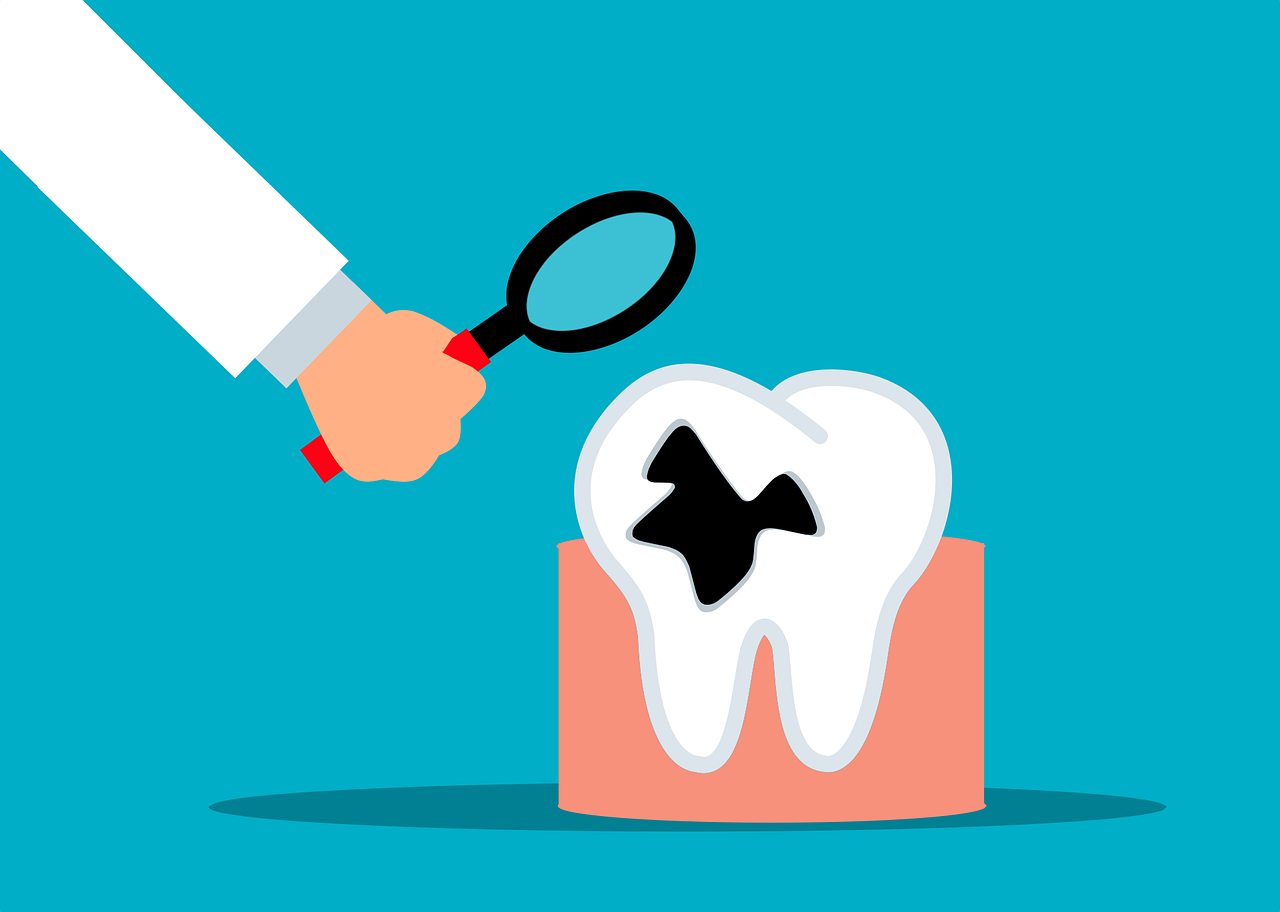What is oral or mouth cancer?
The term “oral cancer” or “mouth cancer” refers to a type of cancer that can appear on the lips, gums, tongue, inner cheek lining, roof of the mouth, or floor of the mouth, including the regions underneath the tongue. In the category of head and neck cancers, which includes several different cancer types, mouth cancer is one of them. Similar treatments are frequently used for head and neck cancers and mouth cancer.
Oral cancer is the sixth most common cancer worldwide, with India accounting for about one-third of the total burden of this fatal condition. In the mouth, it typically begins as a painless white patch that thickens, turns red in spots, develops into an ulcer, and keeps getting worse. It typically appears on the lips as a slow-growing, persistent crusting ulcer that does not heal. Other signs and symptoms could be swallowing that is painful or difficult, new lumps or bumps in the neck, a mouth swelling, or numbness in the lips or mouth. These initial white to red patches or ulcers are categorized as potentially malignant disorders (PMDs), which represent the one end of the spectrum of oral diseases while representing the other end of the spectrum for oral cancer.
Different causes of oral cancer development
Genetic and the epigenetic factors are the two primary factors that influence the most disease development. Both of these factors, including tobacco, alcohol, diet and nutrition, viruses, radiation, ethnicity, familial and genetic predisposition, oral thrush (fungal infection), immunosuppression, mouthwash use, syphilis, dental factors, occupational risks, and mate, affect the development of oral or head and neck squamous cell carcinoma (HNSCC) and minor salivary gland cancers.
Lack of information, variations in environmental exposure, and behavioral risk factors show a large variation in the global incidence and raise the mortality rate. Cancer of the mouth can arise from any type of changes or mutations in the DNA of cells found in the mouth or on the lips. The mutated cells will begin growing, multiplying, and diving at their own pace while developing a tumor in the mouth that will eventually spread to other parts of the head and neck and other parts of the body because the instructions directing a cell’s behavior are encoded in its DNA.
Researchers and medical professionals have identified some of the factors that may increase the risk of oral cancer, even though the precise cause of the onset of mouth cancer is unknown. Some of the epigenetic factors that may lead to the development of oral cancer include
Tobacco
Around a million cancer deaths occur each year as a result of it, which is the most frequent risk factor for the disease. The aromatic hydrocarbon benzpyrene and the tobacco-specific nitrosamines (TSNs), namely 4′-nitrosomethylamino-1-(3-pyridyl)-1-butanone (NNK) and N’-nitrosonornicotine (NNN), are the two main carcinogens found in tobacco smoke. These carcinogens are metabolized through a process called glutathione S-transferase (GST) conjugation and oxygenation by P450 enzymes in cytochromes.
Additionally, it has been discovered that patients with head and neck cancer have lessened capacity to repair DNA damage caused by carcinogens. The desired effect is achieved by placing smokeless tobacco inside the oral cavity and in contact with the mucous membranes, where the nicotine is absorbed. Oral precancer and cancer are the main effects of smokeless tobacco use.
Betel quid
Many areas of South East Asia, primarily the Indian subcontinent, practice the chewing of betel quid along with its various ingredients. In the past, numerous studies have shown that betel nut and its components are cytotoxic, genotoxic, and stimulate cell proliferation, which causes cell mutation and results in oral or mouth cancer. Apart from all this, multiple types of DNA damage have been linked to reactive oxygen species (ROS), methylating agents, and reactive metabolic intermediates from betel quid.
Alcohol
Alcohol consumption has been shown to work in concert with smoking to increase the risk of developing oral cancer. It has been demonstrated that alcohol increases the permeability of the oral mucosa, causing an alteration in morphology characterized by epithelial atrophy, which in turn makes it simpler for carcinogens to penetrate the oral mucosa. One of the main alcohol metabolites, acetaldehyde, can cause or encourage the development of tumors.
Nutrients and Diet
The International Agency for Research on Cancer (IARC) working group has confirmed that a low intake of fruits and vegetables leads to an increased risk to develop cancer. A lower risk of mouth or oral and pharyngeal cancer was linked to eating more fruits and vegetables, especially carrots, fresh tomatoes, and green peppers.
The risk of developing oral cancer is reduced by some micronutrients such as Vitamins A (retinol), C (AA), and E (tocopherol), carotenoids (carotene), potassium, and selenium. Carotene, retinol, retinoids, vitamin C (AA), and vitamin E (tocopherol) are antioxidants that are crucial for lowering the amount of free radical reactions that can lead to DNA mutations, changes in enzymatic activity, and lipid peroxidation of cellular membranes.
Mouthwash
Most mouthwashes contain alcohol as a preservative or a solvent for other ingredients. The frequency, duration, and alcohol content of mouthwash use are all linked to an increased risk of oral cancer, according to epidemiological research.
Mate
Different regions of South America and parts of Europe both drink mate, a tea-like beverage. Thermotoxicity, acting as a solvent for other chemical carcinogens, the presence of tannins, and N-nitroso compounds are just a few of the explanations put forth for maté’s carcinogenicity.
In addition to the etiological factors listed above, there are a variety of environmental factors that can result in oral or mouth cancers such as
Viral infection
By interfering with the host’s cell cycle machinery, viral infections that are latent or chronically present are typically responsible for causing malignant transformation. Cell growth and proliferation could be impacted by these viral genes and gene products. Immunosuppressed patients who have EBV develop oral hairy leukoplakia and “lymphoproliferative disease.”
The viruses HPV are most frequently linked to oral cancer development. With squamous epithelia in particular, HPV are DNA viruses that are epitheliotropic. In addition to papillomas, condyloma acuminatum, verruca vulgaris, and focal epithelial hyperplasia (Heck’s disease), they also cause benign proliferative lesions. OSCC and oral premalignant lesions have been linked to specific HPV types, or “high-risk” types.
Fungal infection
The pathogenesis of oral premalignant lesions has been linked to fungi infections, particularly Candida albicans-caused infections. Candida albicans’ superficial fungal hyphae have been observed overlying leukoplakia, particularly nodular leukoplakia, many of which have undergone malignant transformation.
Immunosuppression
Patients with human immunodeficiency virus (HIV) are predisposed to Kaposi’s sarcoma and lymphomas, but not OSCC (oral squamous cell carcinoma). Lip cancer has been linked to immunosuppressed organ transplant recipients.
Occupational risks
Lip cancer is a known result of occupational risks, particularly prolonged exposure to ultraviolet (UV) light from the sun. Apart from this, Actinic Cheilitis that has the potential to transform into oral cancer is also caused by prolonged exposure to UV rays. Cancers of the posterior mouth, pharynx, and larynx have been linked to the use of asbestos, sulfur dioxide, pesticide exposure, mists from strong inorganic acids, and fossil fuel combustion.
Factors associated with Dental findings
It has been proposed that, in the presence of other risk factors, poor oral hygiene, poor dental health (sharp/fractured teeth due to caries/trauma), and chronic ulceration from an ill-fitting denture can promote neoplasm or mouth cancer.
In addition to the epigenetic and environmental factors, there are various Genetic factors that may contribute in the risk of developing oral cancer. The inability to metabolize carcinogens or procarcinogens, as well as a diminished capacity to repair DNA damage, are also thought to be inherited vulnerabilities in some people.
Conclusion
Oral cancer is one of the deadly disease affecting mankind which may result from the toxic chemicals found in tobacco products. Smokeless tobacco products can raise the risk of developing oral cancer even though smoking is the cancer risk factor with the highest mortality rate. Oral cancer risk is also increased by other factors, such as certain viral infections or poor oral hygiene.
Try giving up tobacco use, including smoking and smokeless forms, to keep yourself or those close to you from developing oral cancer. In addition, look for early mouth cancer symptoms and contact the appropriate doctor right away.





